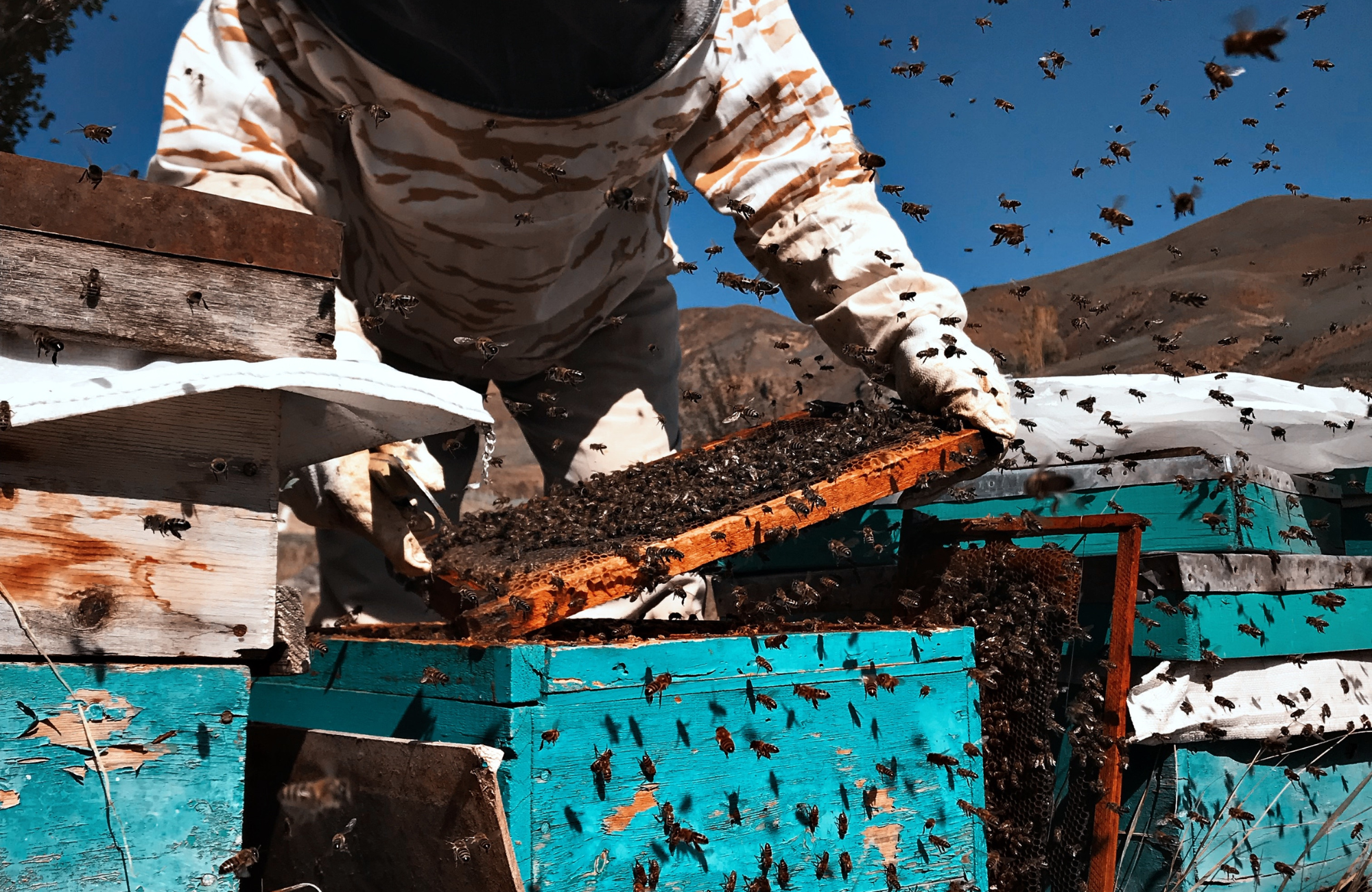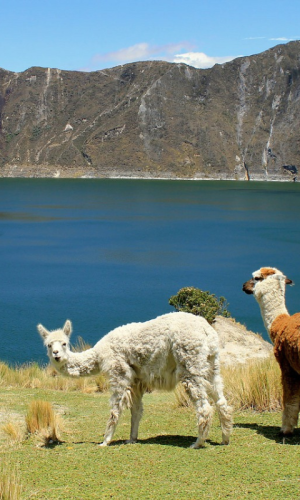What’s the most unique meal you’ve ever eaten while away from home?
One of my favorite things about traveling is learning about the local culture, and having the chance to sample their food. Last year, while leading a high school trip to Ecuador and the Galapagos Islands, I had the opportunity to chow down on something truly different: cuy.
Cuy – A Traditional Andean Food
Cuy or cuyo (plural cuyes, cuyos) is the Spanish name given to roasted guinea pig, a popular dish in the area. Now, before you start thinking about the horror of eating your childhood pet, read on for a little history of this meal and it’s importance to local people.
The common guinea pig was actually first domesticated as a means of a food source as early as 5000 BC by tribes in the Andean region of South America (the present day southern part of Ecuador, Columbia, Peru and Bolivia.)
Many families in Andean highlands still raise guinea pigs to this day for food. They are a great alternative to more common animals such as cows or pigs as they don’t require a lot of food or space, and are cheaper to raise. As an added bonus, it produces much less cabron dioxide than raising cattle!
Typically roasted on a spit, cuy stands can be seen lining the roadways of towns and cities in the Andean highlands region of Ecuador. While our tour bus was on it’s way to the town of Riobamba, we couldn’t resist pulling over to try some out!
Check out some of my photos of this dining experience below. Then, read an article from food blog The Salt, on how the dish is gaining popularity in the United States as well: https://www.npr.org/blogs/thesalt/2013/03/12/174105739/from-pets-to-plates-why-more-people-are-eating-guinea-pigs
My First Meal of Cuy:






